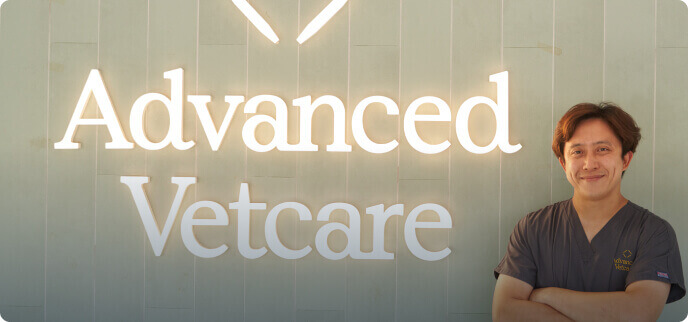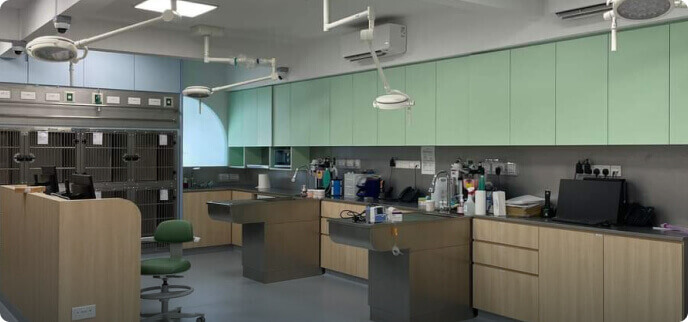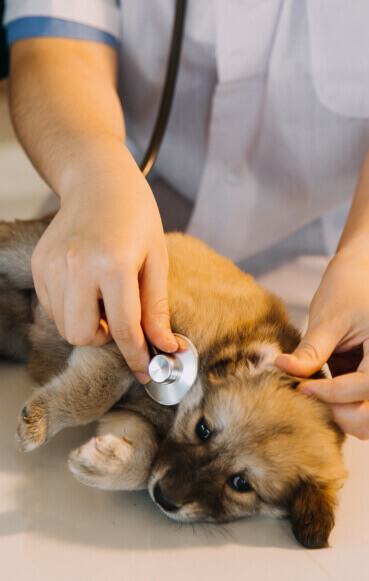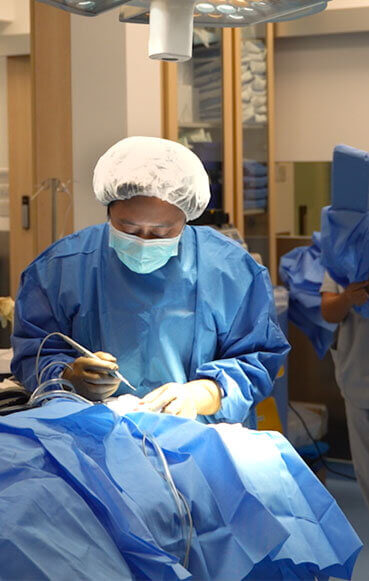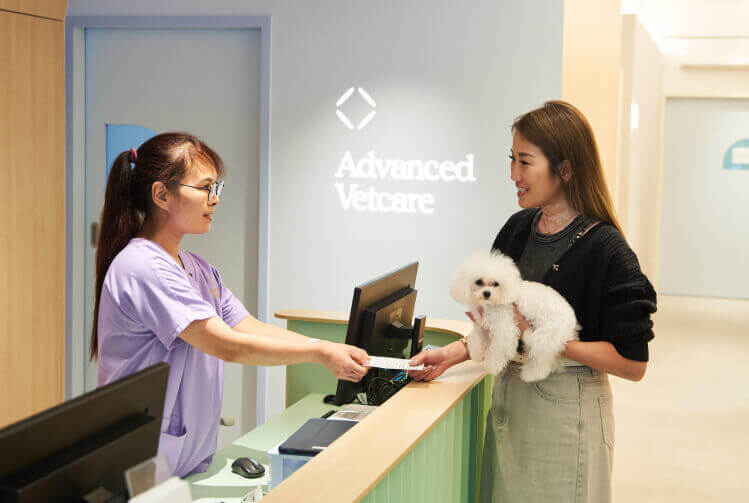Laparoscopic / Keyhole Surgery

Few veterinary clinics in Singapore offer keyhole surgery, and we are proud to be among the select few. Our commitment to delivering the highest quality of healthcare led us to acquire specialized training and equipment for laparoscopic or keyhole surgery.
What makes laparoscopic/keyhole surgery different?
Keyhole or laparoscopic spays offer a quicker recovery and faster return to normal activities compared to traditional spays. This minimally invasive technique uses a scope and fine instruments to remove only the ovaries through a smaller incision. Blood vessels are sealed with electrocautery, minimizing bleeding, and the surgeon’s hands do not physically enter the abdomen.
In addition to female sterilization, laparoscopic surgery can also be used to remove undescended testicles in males. Cryptorchidism, a condition where testicles remain in the abdomen, is common in dogs and less so in cats. It is linked to a high risk of testicular tumors in older intact males, making removal of these testicles strongly recommended. While keyhole surgery offers significant benefits, it is more expensive due to the need for advanced technology, equipment, and specialized training.
Keyhole surgery can be performed for:
- Prophylactic gastropexy
- Gall bladder removal
- Bladder stone removal
- Organ biopsy
- Lung biopsy
- Subtotal pericardiectomy
- Adrenalectomy
FastRecovery
Reduce Painand Discomfort
MinimalScarring


